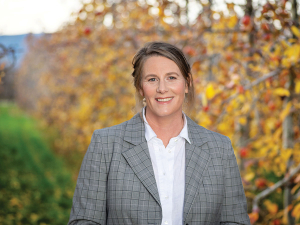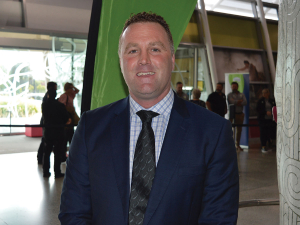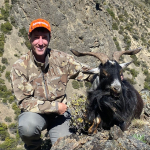A KPMG-Australia report, 'Understanding Innovation', published earlier this year has shown that incremental innovation is usually driven from inside an organisation, from the bottom up, and is successful when management enables the 'coalface' workers to achieve.
These workers are milkers, shearers, drenchers and drafters; they are also scientists doing experiments and trials. They are the people who know the problems and think, every day, how they can do the job better.
Recognising ongoing problems in information transfer, AgResearch has established a farm immersion programme for key scientists.
For some scientists, however, working with top farmers is innate. Top farmers strive for top performance (which means different things to different farmers) and test ideas all the time. They know what pieces of information are likely to fit cost-effectively, within their operations. They are at the coalface, have practical experience, and are working to do their job better. They know what their fundamental problems are, and their practical experience gives them a good handle on unintended consequences and implications from some of the recommendations being made by scientists.
New recommendations from the Lincoln University Dairy Farm (LUDF) are a case in point. The previous system forcing cows to graze low gave good pasture control and harvest (at least in theory) but wasn't so good for the cows. Production per cow was not spectacular, and the empty rate was high.
Although the LUDF system is purported to have been picked up widely by South Island farmers, top farmers in the North Island did not embrace it wholeheartedly. They know that forcing cows to eat what they don't choose is a form of restricted grazing and has potential to reduce milk production.
Science supports the concept of big, high BW (breeding worth) cows being fed well. The proportion of feed used in metabolism for a few big cows is less than for lots of small cows. This means proportionately more feed for milk production. Professor Grant Edwards, Lincoln University, also points out that when cows find easy pickings, they spend less time foraging; foraging is another cost to the animal in maintenance rather than milk.
Research on zero-grazing feed-lot systems in the US has already shown this: the data support efficiencies in milk solids per unit of energy used, greenhouse gases produced and environmental impact.
Collaboration between more groups of scientists and top farmers might have prevented a 10-year LUDF 'model' that has now reached a conclusion many top farmers have known all along.
The AgResearch farm-immersion programme is an attempt at a change for the better, and Dr Brennon Wood at Massey University is leading research on farmer networks and knowledge transfer. But the greatest potential impact programme has yet to be established.
All new graduates moving into the industry should identify the top farmers in their regions and work with them to see what and why they do things the way they do – and where they see the opportunities. The top farmers should also be solicited by scientists for their instincts about what they need to be able to do a better job in future. The scientists need to be enabled to do a good job in evaluating possibilities, and then the farmers need to be involved again to consider the practicalities and unintended consequences of the possibilities.
Information transfer is vital for agricultural growth and development, but needs the eye of the expert practitioner at many stages: the farmer at the coal face can assist with identifying the mother lode.
• Jacqueline Rowarth is Professor of Agribusiness, The University of Waikato
















